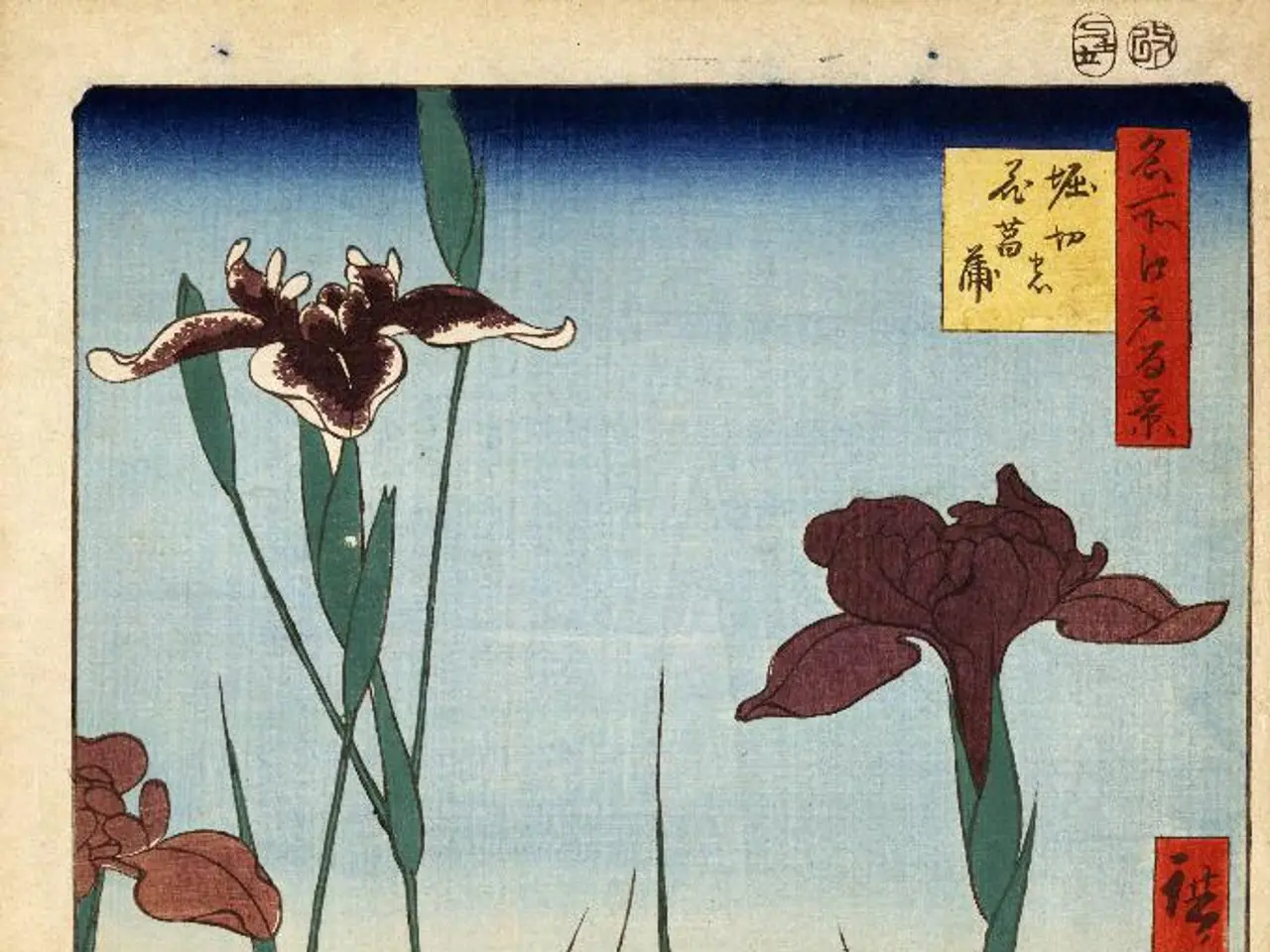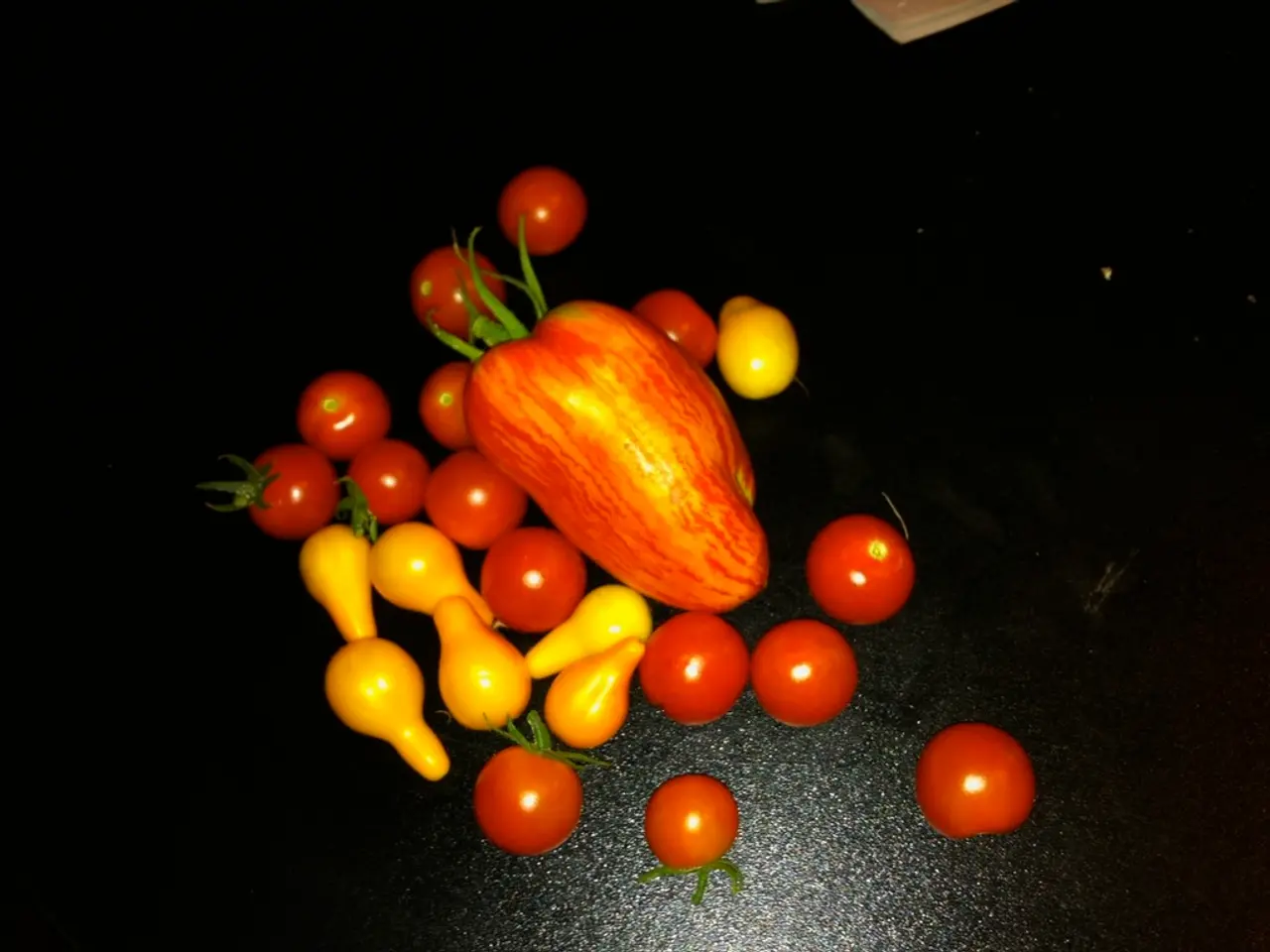Caring for a Rosemary Bonsai: A Guide for Growing Rosmarinus Officinalis as a Miniature Tree
In the world of bonsai, the rosemary plant stands out as a hardy and fragrant choice for indoor cultivation. By replicating its natural Mediterranean environment as closely as possible, you can successfully care for a rosemary bonsai and enjoy its beauty and aroma all year round.
Rosemary thrives in temperatures between 15°C and 24°C (59°F to 75°F) indoors. Although it tolerates cooler temperatures down to around -4°C (24.8°F), it's best to avoid prolonged exposure to frost indoors. Keep your rosemary bonsai away from drafts and sudden temperature fluctuations.
Moderate humidity is ideal for rosemary, but it does not require high humidity. Since indoor air can be dry, especially in winter, occasional misting helps, but avoid excessive humidity that could promote fungal problems.
Water rosemary bonsai moderately, allowing the topsoil to dry out between waterings. In summer, watering about four times a week is advised, while reducing frequency in cooler months. Use well-draining soil, such as a mix of akadama, kiryuzuna, or perlite, to prevent root rot due to waterlogging.
Fertilize your rosemary bonsai with a liquid fertilizer specifically formulated for bonsai during spring and summer. Follow package instructions carefully to avoid overfeeding. Fertilize sparingly or not at all during autumn and winter when the plant’s growth slows down.
Pruning at the end of winter is essential. Remove dry, diseased, or weak branches, and cut back branches that are growing too long to maintain the bonsai shape. Rosemary bonsai suits informal styles such as waterfall, semi-waterfall, or windswept.
Rosemary bonsai requires 6 to 8 hours of direct sunlight daily. Place it in a south-facing window indoors to ensure sufficient light. If natural light is insufficient, supplement with a grow light. Avoid shaded or low-light locations as rosemary will become leggy and weak without enough sun.
Use a well-draining, light soil mix, such as 70% akadama with 30% kiryuzuna or universal substrate mixed with 40-50% perlite for pots. Ensure pots have multiple small drainage holes, not just one large hole in the center.
Rosemary is generally pest-resistant, but watch for mealybugs or aphids if conditions are unsuitable. Repot every two years at the end of winter, refreshing the soil to maintain good drainage and root health.
By maintaining these conditions—good sunlight, moderate watering, well-draining soil, and regular pruning—your rosemary bonsai can thrive indoors and remain a healthy, fragrant plant. With its needle foliage and spring flowers, it will add a touch of Mediterranean charm to your indoor space.
[1] Bonsai Empire. (n.d.). Rosemary Bonsai. Retrieved from https://www.bonsaiempire.com/bonsai-encyclopedia/rosemary-bonsai/ [2] Bonsai Tonight. (n.d.). Rosemary Bonsai. Retrieved from https://bonsaitonight.com/rosemary-bonsai/ [3] My Bonsai Tree. (n.d.). Rosemary Bonsai. Retrieved from https://mybonsaitree.com/rosemary-bonsai/ [4] Bonsai Guy. (n.d.). Rosemary Bonsai. Retrieved from https://www.bonsaiguy.com/rosemary-bonsai/ [5] Bonsai Bob's Bonsai Blog. (n.d.). Rosemary Bonsai. Retrieved from https://bonsaibob.com/blog/rosemary-bonsai/
- In the realm of bonsai, rosemary's unique characteristics make it a popular choice among tree species, particularly for indoor cultivation, offering a blend of health, aroma, and lifestyle benefits.
- While researching recipes for a Mediterranean-inspired meal, one might discover that rosemary is not only an essential ingredient but also a suitable plant species for home-and-garden enthusiasts who wish to delve into the world of bonsai care.
- As fashion-and-beauty enthusiasts experiment with aromatic hair oils and essential oil diffusers for home decor, they may also find the fragrant rosemary bonsai an appealing addition, combining the elements of plant health, food-and-drink, and home-and-garden in a beautifully decorated living space.
- During a culinary demonstration, a cook might use rosemary for seasoning dishes or making infused olive oils, offering insights into the versatility of the plant in terms of both cooking and bonsai care, ultimately bringing these seemingly disparate worlds together.




